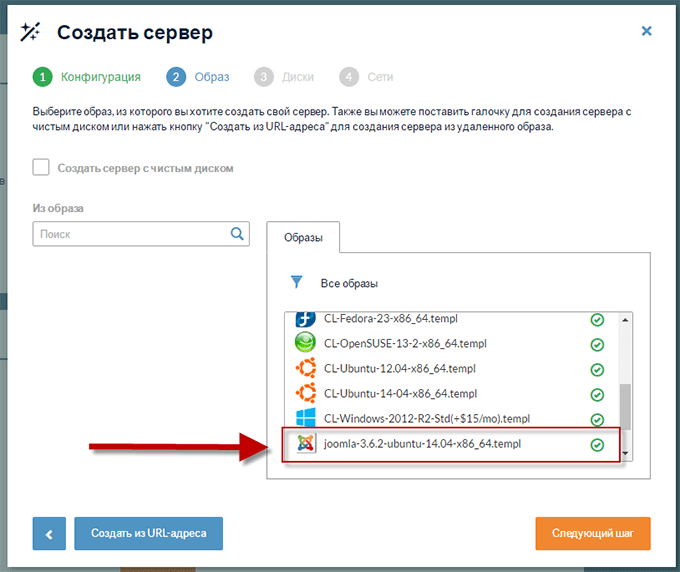Installing Joomla on a Fedora VPS
This article details the process of installing the popular CMS Joomla on a Fedora virtual private server (VPS). Joomla is one of the most popular content management systems, enabling the creation of powerful and functional websites.
Step 1: System Preparation
The first step is to install the Apache web server, the PHP programming language, and the MySQL database. Execute the following commands:
sudo dnf install httpd
sudo dnf install php php-mysqlnd php-dom php-simplexml php-xml php-xmlreader php-xmlwriter php-json php-zip php-gd php-mbstring php-curl
sudo dnf install mysql-server
Step 2: Installing Joomla
Download the archive containing the latest version of Joomla from the official website. Extract it to the web server’s root directory:
wget https://downloads.joomla.org/cms/joomla3/3-10-5/Joomla_3-10-5-Stable-Full_Package.tar.gz
sudo tar -zxvf Joomla_3-10-5-Stable-Full_Package.tar.gz -C /var/www/html/
Step 3: Database Configuration
Create a new MySQL database and user for Joomla. Then, import the Joomla database dump from the archive:
mysql -u root -p
CREATE DATABASE joomla_db;
CREATE USER 'joomla_user'@'localhost' IDENTIFIED BY 'password';
GRANT ALL PRIVILEGES ON joomla_db.* TO 'joomla_user'@'localhost';
FLUSH PRIVILEGES;
exit
mysql -u joomla_user -p joomla_db < /var/www/html/installation/sql/mysql/joomla.sql
Step 4: Completing the Installation
Open your browser and enter your website address. Follow the Joomla installation wizard instructions, providing the necessary information. After the installation is complete, delete the ‘installation’ folder from the website’s root directory.
You now have a fully configured Joomla website on your Fedora VPS. Enjoy creating beautiful and functional content!





